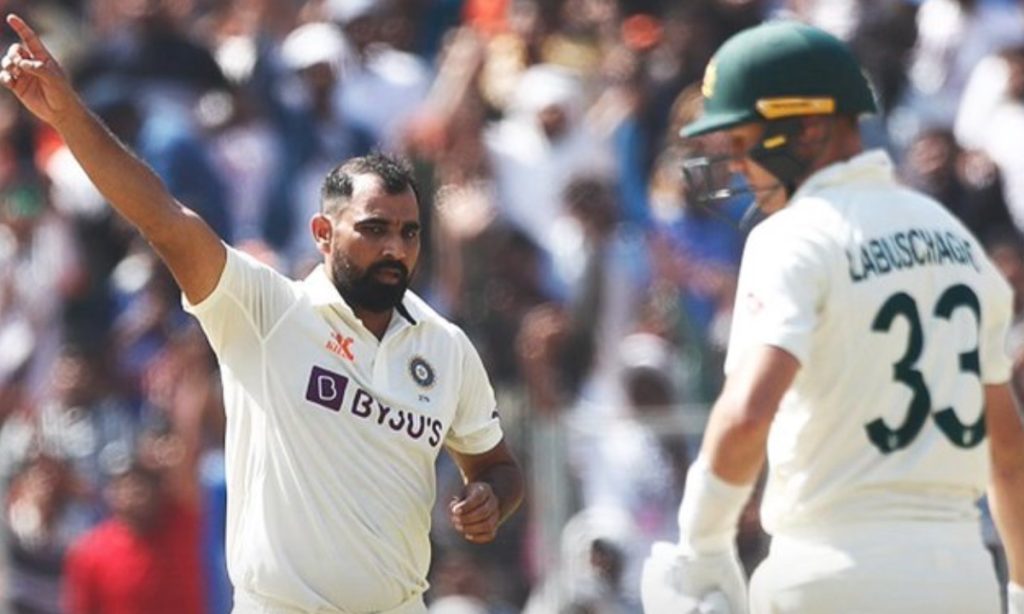Mohammad Shami, the stalwart of India’s pace bowling attack, is all set to make a much-anticipated return to competitive cricket, targeting the Border-Gavaskar Trophy against Australia. After a period sidelined by injury, Shami’s comeback is not just a testament to his resilience but also a critical boost for India’s aspirations Down Under. “I am pain-free now. I want to make sure I bowl enough before going to Australia. And for that, I’m targeting 1-2 Ranji games,” Shami stated, signaling his readiness and the strategic approach to his recovery.
The Border-Gavaskar Trophy, a series that has historically been a battleground for cricketing supremacy between India and Australia, holds special significance this year. With India aiming to continue their dominance in Test cricket, Shami’s return adds a layer of depth and experience to the bowling attack. His absence in recent series was felt, not just for his ability to swing the ball but for his knack of picking crucial wickets at pivotal moments.
Shami’s journey back to the pitch has been meticulous. Post his last appearance in the ODI World Cup 2023, where he was in scintillating form, an ankle injury kept him out of action. However, his recent statement about being pain-free and his intention to play Ranji Trophy games before the Australia tour underlines his methodical approach towards recovery and match fitness. This strategy isn’t just about getting back to bowling; it’s about ensuring he’s at his peak when he steps onto Australian soil.
The Ranji Trophy, India’s premier domestic cricket competition, serves as the perfect platform for Shami to test his fitness, rhythm, and form. Playing domestic cricket before an international series, especially one as grueling as the Border-Gavaskar Trophy, allows players to fine-tune their game. For Shami, it’s about reacquainting himself with the rhythm of competitive cricket, understanding his body’s response to match conditions, and most importantly, ensuring there’s no recurrence of his injury.
His return is not just significant for Mohammad Shami personally but for the team dynamics as well. India’s pace battery, while talented, lacks the experience and the psychological edge Mohammad Shami brings. His ability to bowl long spells, his variations, and his effectiveness in the death overs make him an invaluable asset. Moreover, his presence in the dressing room, as a senior player, adds to the team’s morale, providing guidance to younger bowlers and stability in the lineup.
The Australian conditions, known for their bounce and pace, could play into Shami’s strengths. His ability to generate swing and seam movement, combined with his experience in Australian conditions, makes him a formidable opponent. The series, starting in November, will be a litmus test for Shami’s recovery and his readiness to perform at the highest level.
As Shami gears up, targeting those crucial Ranji Trophy games, cricket fans and analysts alike are watching with bated breath. His comeback narrative is not just about a player returning from injury but about a champion’s resolve to reclaim his spot at the pinnacle of cricket. With Shami’s return, India not only strengthens its bowling attack but also sends a message of intent to Australia: they’re here to compete, and they’re here to win.

